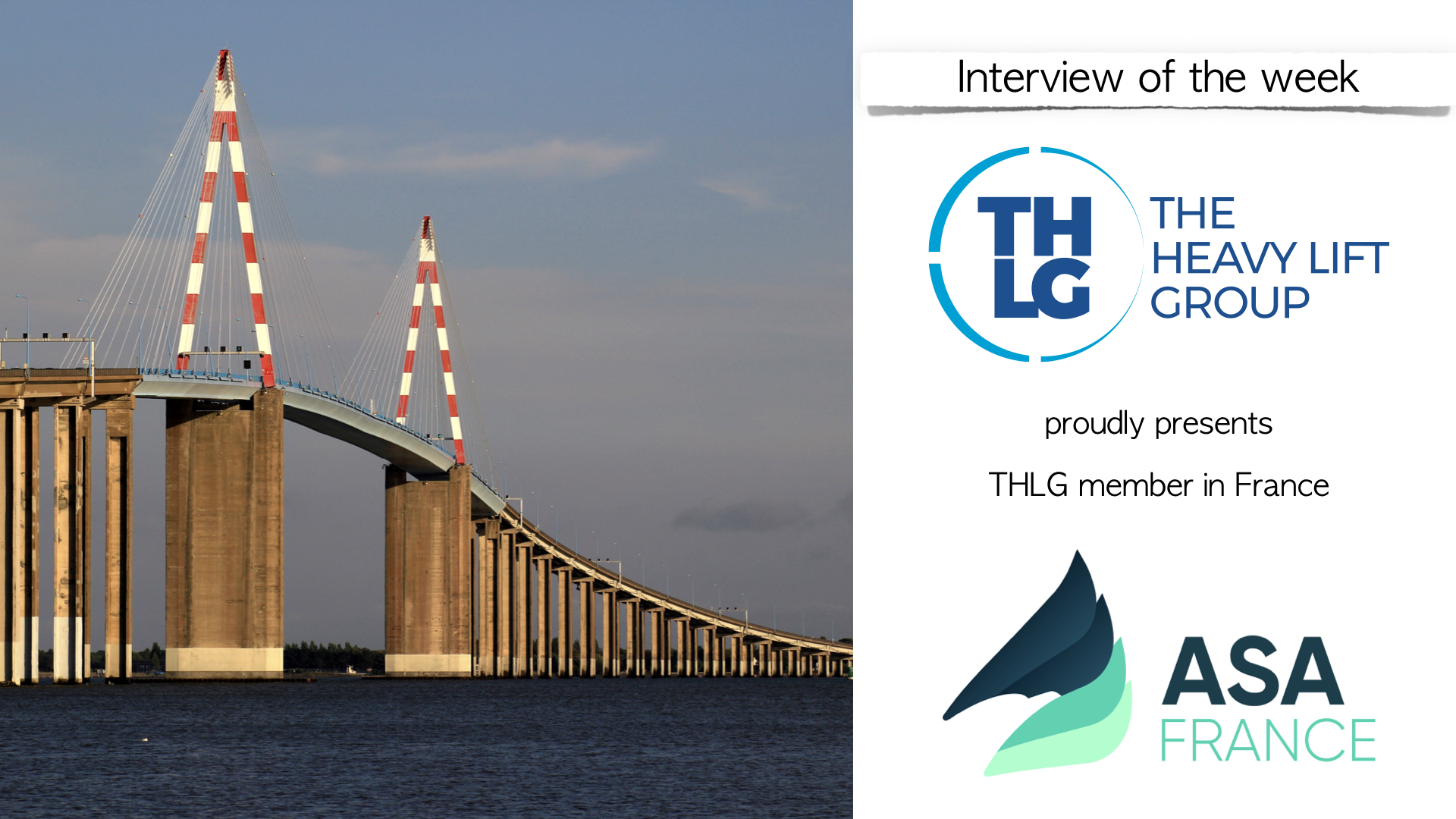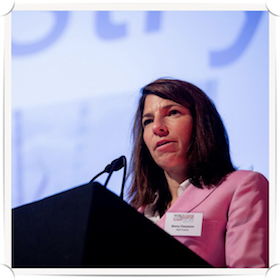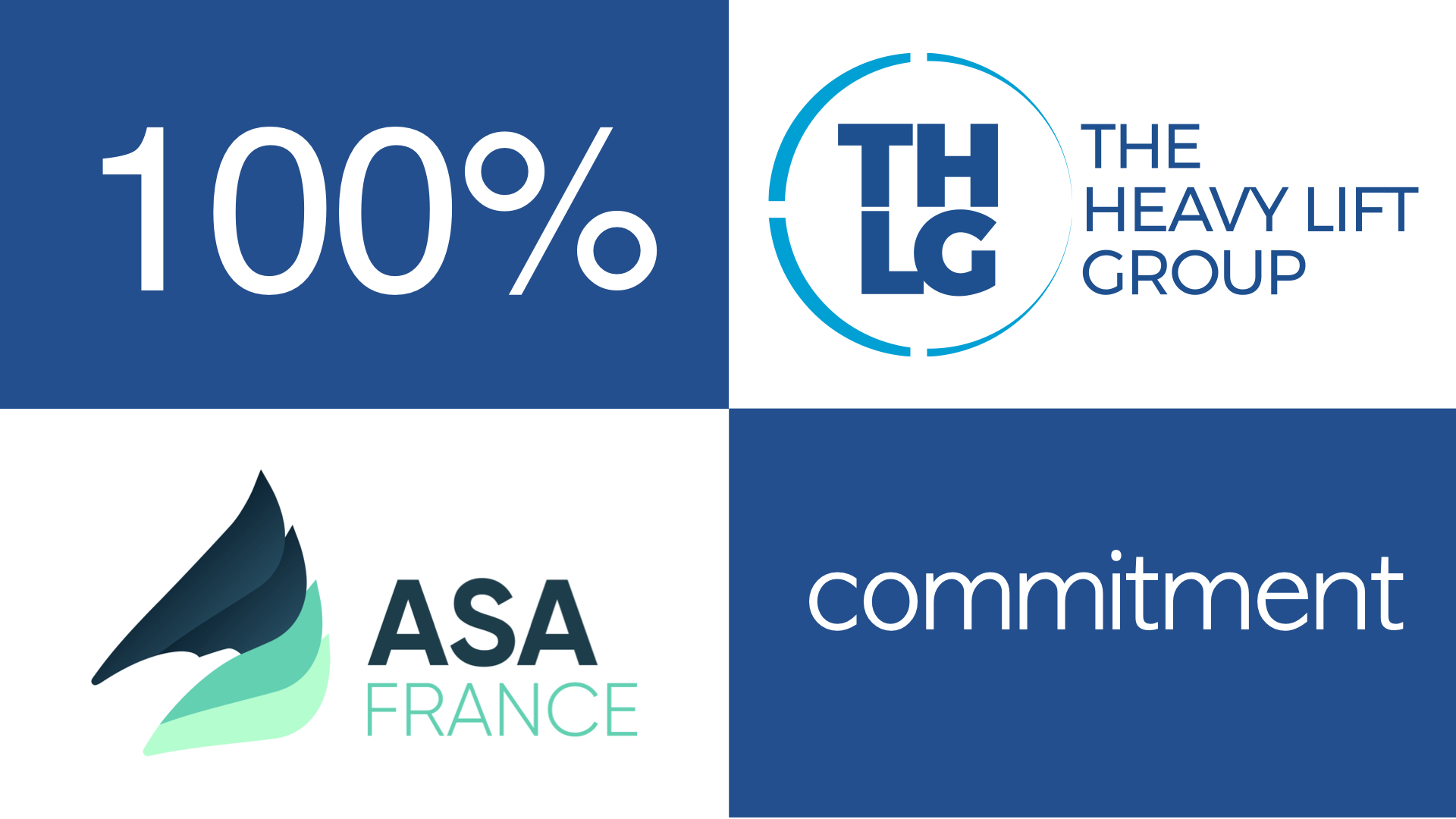

this week we speak with Blanca Claeyssens,
Managing Director, ASA France
![]()
THE "WHO-WHERE-WHAT" CHALLENGE

|
Blanca started her career 16 years ago. Among others, she flew as an airline captain on Boeing 737 and was an instructor on Boeing 767. She also became part of the management and was closely involved in the start-up of now one of the most performant Belgian airlines. She has worked as project manager for the top management of the TUI Travel Plc Group, the biggest European tourism group, gaining enormous operational knowledge of airlines. Since 1998, Blanca has handled many different claims, including cargo claims, responsibility claims and aviation interventions. She now uses her aviation knowledge on safety and procedural operation to lead the prevention division of ASA worldwide. She is fluent in Dutch, French, English, German, Spanish and has a good working knowledge of Portuguese. |
|
What does ASA Stands for and what exactly is it what you do? |
|
ASA is the abbreviation of AVIATION STANDARDS APPLIED |
|
Where are your offices located? |
|
We have offices in Montoir – Saint Nazaire and Montpellier in France and also in Ghent, Belgium. |
|
Which are your customers? |
|
Our customers are companies that have a certain level of awareness, that they have asked themselves the following questions:
They know a project has certain risks and things can be overlooked easily, when multiple parties are involved. Therefore, they nominate us to enhance and clarify communication and remove assumptions by verification. As total outsiders, we can ask critical questions and identify omissions. Most of the time our clients are the cargo owners, or owners of the project. Often our customer is the freight forwarder offering our service as an added value to his client to assist him and once in a while, an insurance company nominates us as MWS (marine warranty surveyor). But we prefer to be involved at the earliest possible stage in the project, as many options are still available and so the most optimal solution can be proposed. |
|
How does ASA France assist his customers? |
|
|
A lot of experience and knowledge is not transferred between the different parties. As we are an outside party who discovers the project, like a small child, we are able to ask pertinent “out of the box” questions through innocence and previous experience. Behind every question we ask in the preliminary stage of the project, lies a world of potential risks behind. Let me give you one example: one day we were assigned to assist in a project for the transport and installation of four 200t engines into an electrical plant. One of the preliminary questions we asked, was the ground bearing pressure of the created ramp. We did not receive a satisfactory answer before the start of the operation. During the first spmt (self-propelled modular trailer) passage, the first three wheels sank into the ramp, blocking and endangering the cargo. We had to stop the entire operation and find a solution for the lack in preparation of this particular point. If the questions would have been taken seriously from the beginning, the cargo would not have been endangered and no time loss would have occurred, as the problem would have been addressed at an earlier stage. |
|
|
What can we gain from being more standardized? |
|
Often freight forwarders feel the urge to compete by trying to offer the lowest price to get a project. But the emphasis should lie on the thorough preparation and analysis. It should be made clear to the customer that with your added value by thorough preparation, in the end, the costumer will pay less. Time should be taken to clearly explain the risks to the client, as they often act without awareness and are ignorant on the entire process and the possible consequences of their choices solely based on pricing. |
|
Are there pitfalls for companies who want to standardize like aviation? |
|
|
The biggest pitfall is the natural urge to jump straight to making changes and implementing solutions. By doing so we’ll end up with a solution without a problem, or solving a very small part of a problem and in the worst cases making the overall problem bigger. It is very important to start the process by defining an issue we want to solve. When the current state is mapped, analysis can start and root causes can be defined. Only then, possible solutions to prevent the root cause can be proposed and eventually implemented. Afterwards the solution is checked for its efficiency. All this should stay very operational oriented and not be drowned into a big pile of papers that no-one will read as unfortunately often is the case with HSE/Quality documentation. It should become a second nature and belief, not a purely administrative solution that is of no use other than fulfilling regulation. |
|
Why are you a member of THLG? |
|
A prime objective is to gather knowledge, getting to know the members and their specific needs and difficulties which gives us insight in the industry / market. We adapt, find solutions to recurring problems and share our knowledge back to the members at conferences. It is also our profound belief that everything that is not shared is lost and therefore we voluntary share our knowledge with the members to raise everyone to a higher level. |
|
Who should be approached in ASA for inquiries? |
|
|
You can contact us at project@asafrance.com |

